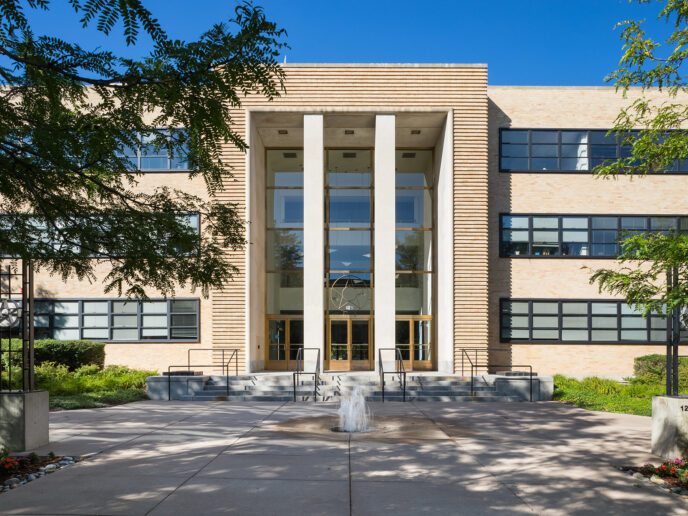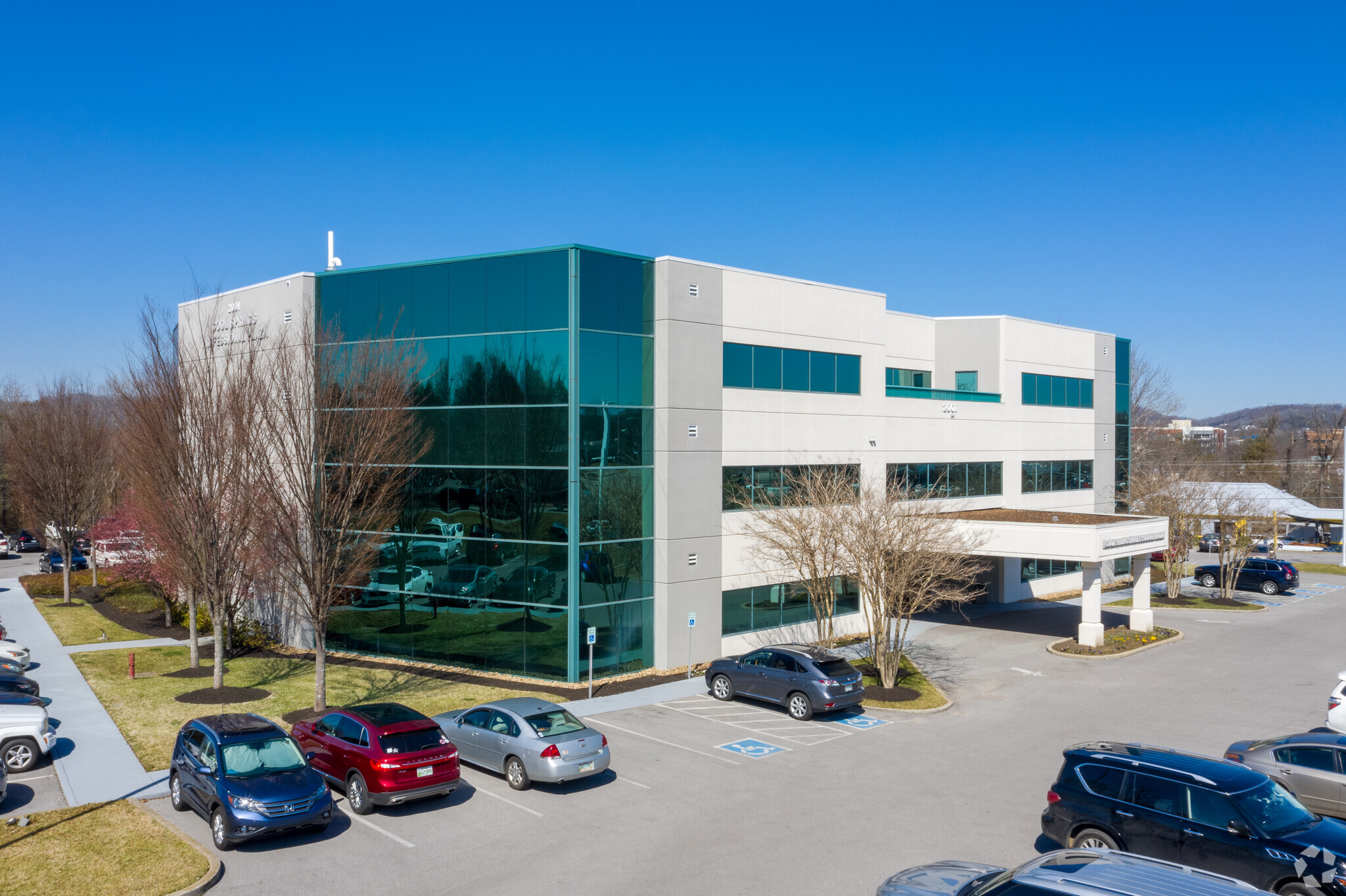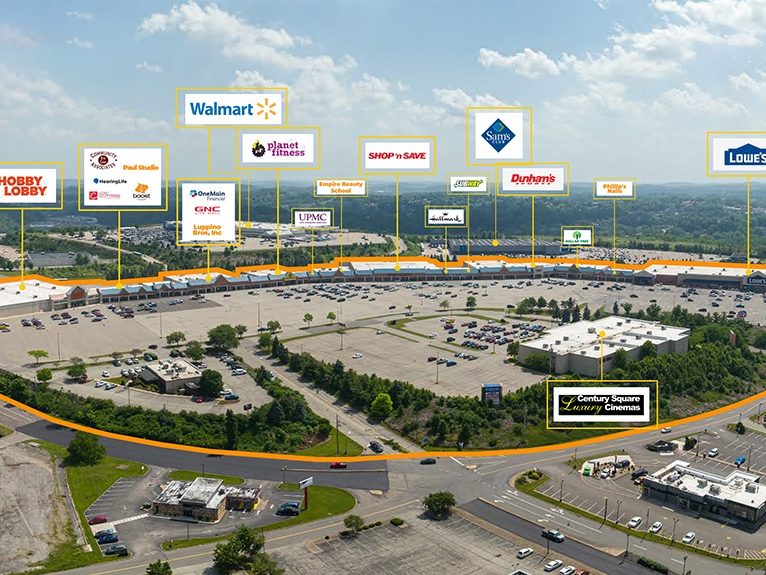Finance & Investment: Net Lease Transactions Attract Investors in Uncertain Times
The theory that net-leased assets are a defensive investment in uncertain times is being put to the test these days -- and it is proving out.
By Keat Foong
The theory that net-leased assets are a defensive investment in uncertain times is being put to the test these days. And it is proving out. Indeed, the third quarter was the most active post-Lehman, according to Real Capital Analytics Inc. Through September, the market saw $17.5 billion in 2011 single-tenant investment sales, compared to $19.2 billion in the whole of 2010.
Dan Fasulo, RCA managing director, projects that single-tenant exchanges could easily reach $24 billion this year—which “puts us back to the levels last seen in 2004,” before the advent of CMBS drove volume way up, he said.
Cap rates have also steadily narrowed. According to RCA, average cap rates for single-tenant assets have declined from 7.7 percent in the first quarter to 7.5 in the third quarter of this year. The average cap rate in 2010 was 7.9 percent, compared to 7.6 percent this year through the third quarter.
“Most surprising was that cap rates continued to compress, not flatten, throughout the year,” said Daniel Herrold, executive managing director of business development at Stan Johnson Co. “We had a brokers meeting recently, and we think the cap rate compressed 10 to 15 basis points further in the past 30 days.”
Hand-in-hand with the interest in net-leased properties has been an interest in the most stable properties. Trades of assets with credit-rated tenants, long-term leases and primary locations are still the norm, with much less activity trickling to the secondary or tertiary markets.
“Investors will pay aggressive yield to buy safety and security,” commented Jonathan Hipp, president & CEO of Calkain Cos.
And cap rates for the most desired investment-grade net lease properties are almost back to peak levels, according to Herrold. For example, a Walgreens-occupied asset would bring a 6.25 to 6.5 percent cap today, compared to 8 to 8.25 percent at the trough of the market in 2009. During the best of times, in 2006 and 2007, Walgreens product brought cap rates that were just a shade lower—at 6 to 6.25 percent, he noted.
Of course, in the top markets, the cap rates can be even lower. Calkain closed on a Walgreens and PNC Bank ground lease in Fairfax, Va., this year. The sale price of $13.8 million represented the largest net lease transaction in the Washington, D.C., metropolitan area in the past several years, according to Calkain. The cap rate on the April sale was 5.9 percent. The asset was characterized by a few positive features that may have pressed down the rate further: The demand for ground leases, which are rarer, is relatively higher than for fee-simple leases. Moreover, both leases allowed rent increases every five years.
Sector Preference
Retail—drug stores, casual dining, fast food—remains the most popular and populous sector of the triple-net-leased investment sphere. Companies in the sector have the advantage of name recognition for investors. REITs are buying sector leaders, such as Walgreens or Petco, said Herrold. “You get 6 to 7 percent return on your money and build diversity of retailers that investors know and shop at.”
Indeed, RCA data shows that there have been 829 retail assets changing hands this year, compared to 491 industrial and 238 office assets. The value, though, is reversed: This year so far, the total value of the properties exchanged for office ($6.5 billion) and industrial ($6.3 billion) has exceeded that for retail properties ($5.3 billion).
Active net lease investor Cole Real Estate Investments has been placing capital in retail assets, along with some office and industrial. The company was built on discount and value-oriented retail tenants “because of their necessity-based business models and their earnings endurance, even through recessions,” said Thomas Roberts, Cole executive vice president & head of real estate investments.
Among the assets Cole brought on this year are a Walmart Supercenter and Sam’s Club in Douglasville, Ga., for which it paid $32.8 million in the third quarter. Cole also acquired a portfolio of 11 PetSmart retail stores in 11 states for $74 million and 23 Walgreens in 18 states for $108 million. In all, the company has made about $1.6 billion in net lease buys toward the end of this year, said Roberts.
Players also cite the increasing prominence of industrial net-leased assets this year. The attractiveness of distribution centers is driven by increased Internet shopping and the opening of new retail stores, according to Hipp. “After retail space, industrials are the second most attractive (asset class),” agreed Herrold, citing the relatively more dependable characteristics of some industrial properties as investments. For example, companies such as Home Depot may have only a few, critical distribution centers and are less likely to vacate them than an office or a retail space.
In September, Calkain closed on the acquisition of an eight-state portfolio of industrial properties representing about 300,000 square feet leased to one of the nation’s largest environmental services companies. The tenant had recently acquired its largest competitor, and sold and leased back the assets. Further terms of the transaction could not be disclosed, but Calkain executive vice president David Sobelman said the size of the transaction, coupled with the 20-year lease term, made this an attractive asset to institutional buyers throughout the country. Also in the third quarter, Cole purchased a 496,000-square-foot Walmart warehouse and distribution center in Riverside, Calif., for $91.5 million.
“Companies are again able to immediately monetize their real estate in an effort to use that newly found capital in other areas of their business,” Sobelman said.
Although there is still a dearth of new supply coming onto the market from sale-leasebacks, sources say the trickle may be just a little larger in 2011. “There are more sale-leasebacks than last year,” observed Hipp, while Herrold noted that “sale-leasebacks are starting to pick up.” Stan Johnson closed three such transactions with Store Capital involving 20-year lease terms. “Sale-leasebacks are typically larger transactions, and usually have a financial element to them,” said Herrold.
Build-to-suit activity may be similarly seeing some signs of life, although to a lesser degree. Herrold noted that new development both is tied to and lags economic conditions and job growth. “Without job growth, we will not see retailers expand and new distribution facilities.” Stan Johnson’s own activity is a case in point: About one third of the assets it sells this year will be brand-new, versus two thirds in the past. But Cole has started a program to invest in new development. Cole’s build-to-suit efforts, plus its undertakings to develop multi-tenant centers on a value-added basis, will total about $100 million this year, said Roberts. One new build-to-suit project is its 64,000-square-foot Kohl’s in Rice Lake, Wis., to be developed by Continental Properties.
“A lot of retailers are talking of expansion,” said Hipp, “although that is a 12- to 24-month process.”








You must be logged in to post a comment.